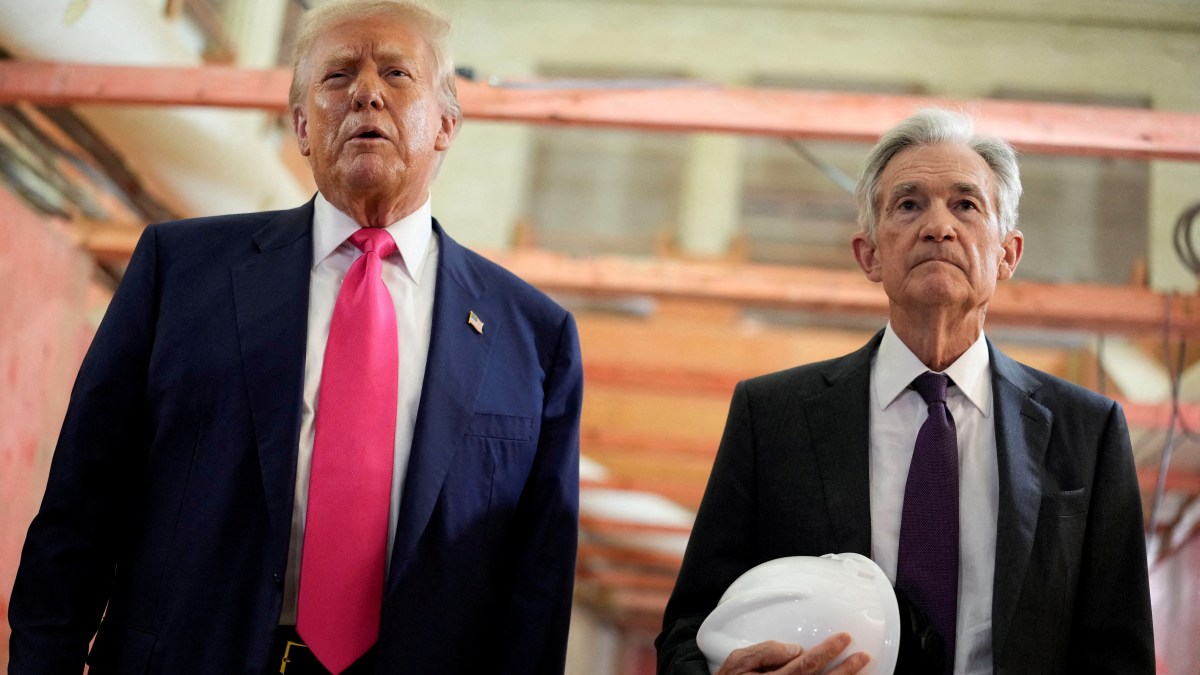The United States Federal Reserve has once again stood firm on its monetary policy, opting to keep benchmark interest rates unchanged despite persistent and vocal pressure from President Donald Trump for immediate reductions in borrowing costs. This pivotal decision underscores the central bank’s commitment to its independent economic assessment, even as it navigates a politically charged landscape.
The Federal Open Market Committee (FOMC) concluded its latest meeting by maintaining its target range for the federal funds rate at 4.25 to 4.5 percent, a move that largely aligned with prevailing market expectations. This consistency in policy, observed throughout 2025, reflects the Fed’s cautious approach as it continues to analyze the multifaceted impacts of global trade tariffs on domestic consumer price inflation and the broader economic stability.
In contrast to the Fed’s steadfast stance, several other prominent central banks across the globe have adopted more accommodative monetary policies this year. Institutions in the United Kingdom, Europe, and Canada have collectively moved towards loosening their respective monetary conditions, highlighting a divergence in global economic strategies and national responses to inflationary pressures.
The Fed’s latest pronouncement is expected to intensify the ongoing public confrontation between President Trump and Jerome Powell, the current chairman of the central bank, whose term is slated to conclude next summer. The president has repeatedly criticized Powell’s leadership, advocating for lower rates to stimulate economic growth, making this decision a potential flashpoint in their strained relationship.
Recent economic data reveals a complex picture: the US economy experienced a robust 2.7 percent annualized growth rate in the second quarter, surpassing initial forecasts and demonstrating a significant rebound from a prior 0.5 percent contraction earlier in the year. Despite this growth, consumer price inflation currently hovers at 2.7 percent annually, marginally exceeding the Federal Reserve’s long-term target of 2 percent.
Immediately following the announcement, financial markets reacted with relative calm, with the dollar, US bond yields, and stocks on the S&P 500 index remaining broadly unchanged. However, market participants continue to actively price in a significant probability, estimated at 60 percent, of an interest rate cut materializing by September, indicating an anticipation of future policy shifts.
Chairman Powell, addressing the decision, stated, “It seems to me and almost the whole committee that the economy is performing, and monetary policy is not restricting or holding it back. We have made no decisions about September.” This statement suggests the committee perceives the current economic environment as robust enough to withstand present rate levels without hindering progress.
Stephen Brown, a prominent economist at Capital Economics, offered his perspective, noting that a September rate reduction would necessitate the Fed becoming “either less concerned about the inflation outlook or more concerned about the economic and labour market outlook.” He further cautioned that as President Trump continues to issue threats of escalating tariffs against various countries, the most probable scenario remains the Fed maintaining its current policy throughout the remainder of the year.
While consumer price inflation is currently above target, monthly inflation figures have yet to show a substantial impact directly attributable to higher import levies on the prices of goods. This nuanced understanding of inflationary drivers contributes to the Fed’s deliberative approach to any future adjustments in its benchmark lending rates.





Leave a Reply